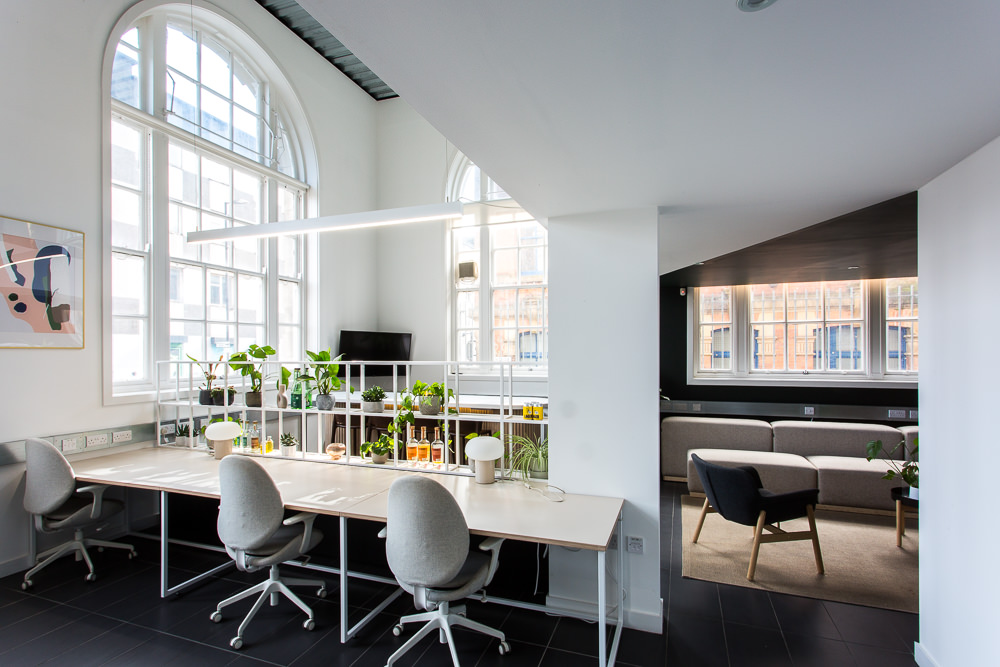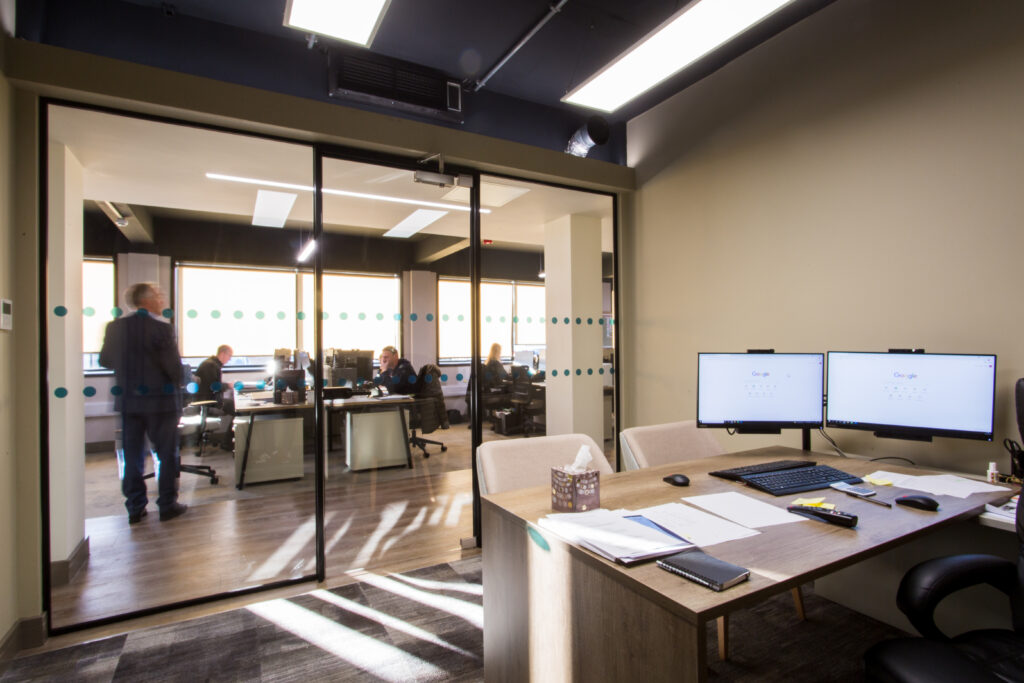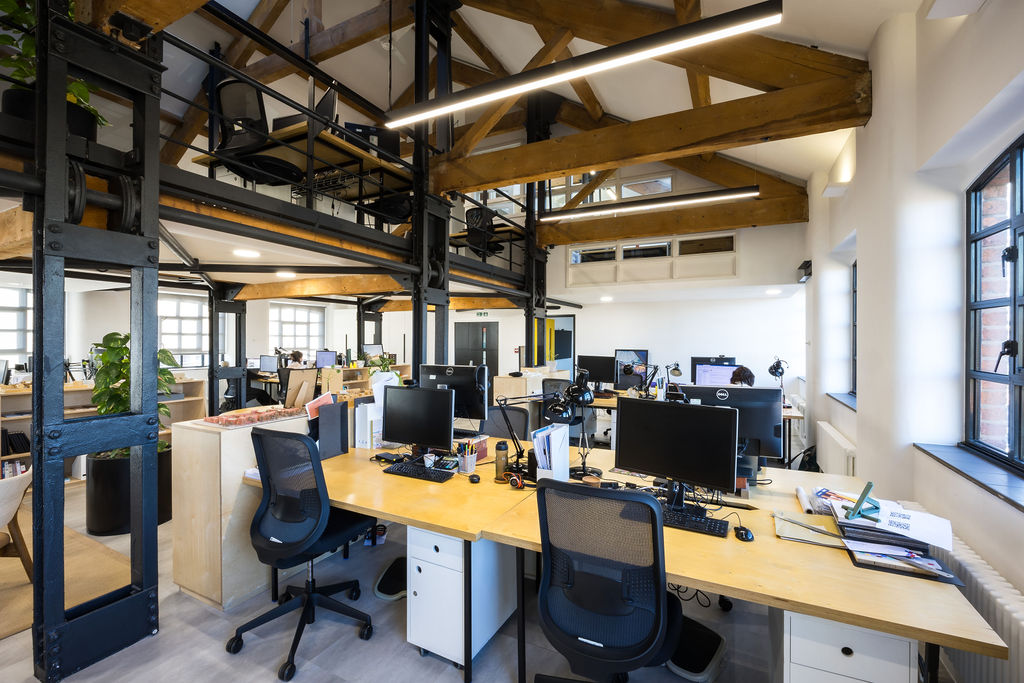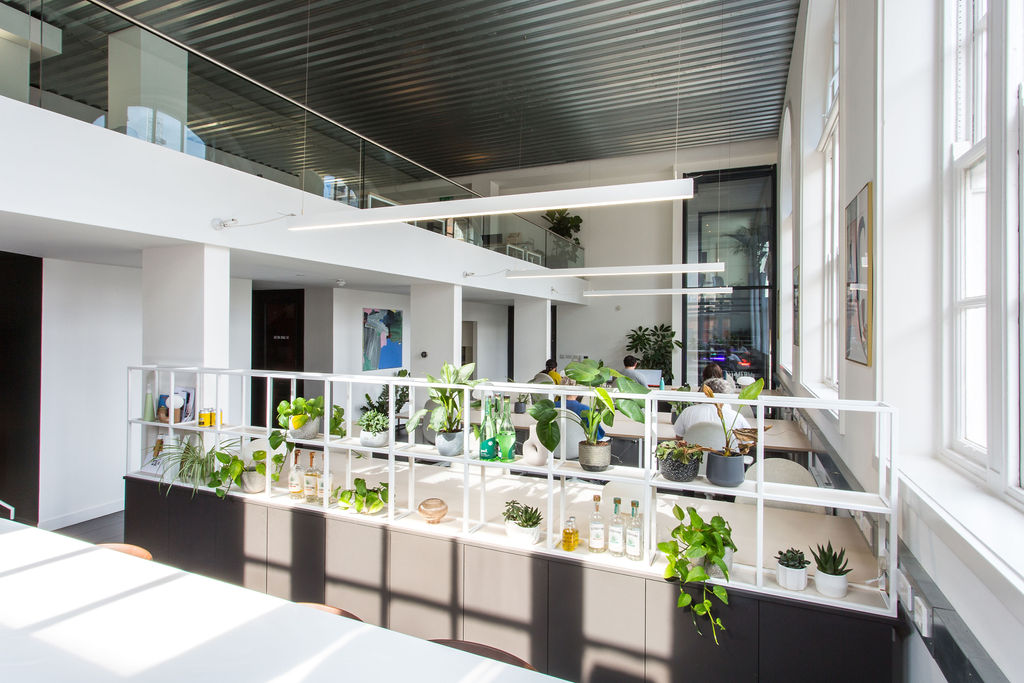In today’s dynamic business landscape, downsizing office space is becoming increasingly common. Understanding the process of downsizing and the key considerations involved can help businesses optimise their workspaces effectively. This post explores important factors and practical steps for successfully downsizing your office space.


Assessing the need to downsize office space
Before deciding to downsize, evaluate whether it’s the right move for your business. Start by examining your workforce size and dynamics. With many companies adopting remote or hybrid work models, assessing how much of your workforce will be in the office versus working remotely is crucial. Additionally, if your company is reducing its staff, downsizing office space naturally follows.
Cost considerations are another critical factor. High rental costs can be a substantial burden. Downsizing can free up capital that can be redirected to other business needs. Moreover, smaller spaces typically incur lower maintenance, utilities, and other operational expenses. However, many businesses can be prone to doing this reactively and not thinking through the consequences of space requirements when growth resumes, so it is a delicate balance.
Space utilisation is also a consideration. Assess how much of your current office space is actively used. Empty desks and unused meeting rooms indicate that downsizing might be beneficial. It’s also important to consider future growth plans to ensure the new space accommodates any future expansion or downsizing.


Planning the downsizing process
Once the decision to downsize is made, careful planning is essential to minimise disruptions and maximise efficiency. Start with a comprehensive space analysis and design. A thorough assessment of your company’s needs will help determine the optimal office size. Designing efficient layouts that maximise available space is vital, focusing on multi-functional areas and flexible workspaces.
Technology integration is also crucial. Ensure a robust technology infrastructure to support remote work, including video conferencing facilities and secure network access. Implementing hot-desking systems can maximise space utilisation and accommodate flexible work schedules.
Employee involvement in the planning process is vital for a smooth transition. Gather feedback from employees on their workspace needs and preferences through surveys. Developing a change management plan can help employees transition smoothly to the new office environment.


Executing your office space downsize
Execution is where careful planning comes to life. Start with decluttering and organisation. Conducting an inventory audit helps identify items that can be discarded, donated, or stored offsite. Implementing a document management system to digitise records can significantly reduce physical storage needs.
Planning a phased move can minimise downtime and disruption to business operations. Regular updates and clear instructions can keep employees informed and engaged throughout the process. Communication is key to ensuring everyone is on the same page and knows what to expect.
Customising the new space to reflect the company’s brand and culture is also essential. A tailored fit-out can create an environment that motivates and engages employees—source versatile and space-saving furniture to optimise the new office layout.


After downsizing
Providing ongoing support after the move is essential to ensure the new space meets your company’s needs. Establishing a feedback loop to gather employee input on the new workspace allows for necessary adjustments. Monitoring space utilisation metrics ensures the new office is being used effectively.
Regular maintenance services are crucial to keep the office in top condition. Being available to make future adjustments as your company’s needs evolve will show your commitment to long-term workspace optimisation.
Downsizing office space is a significant decision that requires careful consideration and execution. By understanding the process and focusing on efficient design, robust technology integration, and ongoing support, businesses can create workspaces that are cost-effective and conducive to their goals. At Select Interiors, we are experts in helping companies navigate this transition smoothly and successfully.
If you’d like us to look at your planned downsize and give you some advice on it, drop us a line today.





